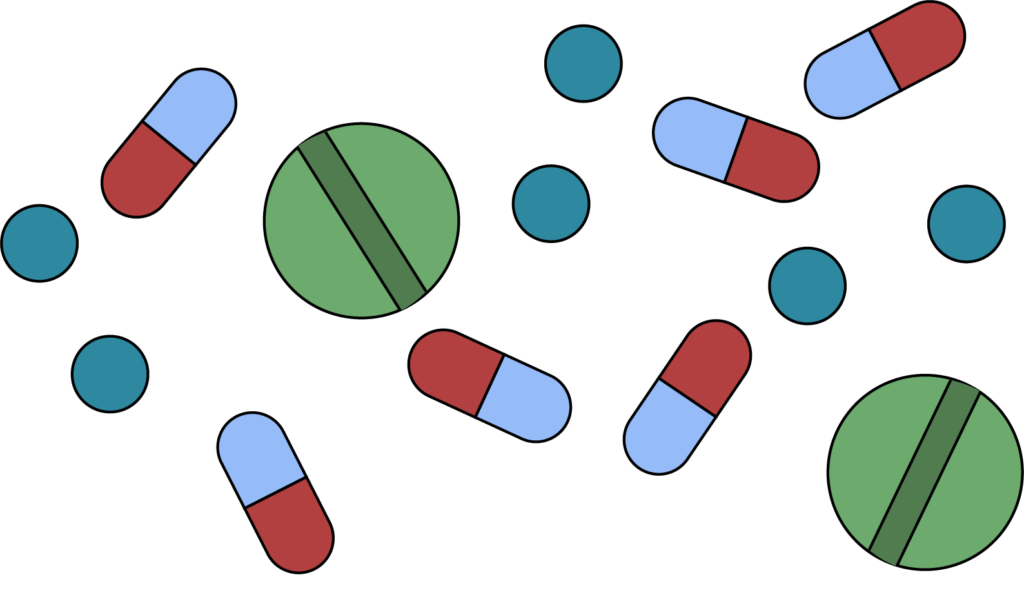According to public safety, most of the drug use on campus is marijuana. Perhaps what could be more alarming, though, is the use of crystal meth, opioids and prescription drugs like adderall in the U.P., and Marquette has the highest population in the U.P.
Every decision we make is our own, regardless of rules. Just because something is prohibited on campus doesn’t mean all people are abiding by these laws put in place. Therefore, it is up to us as individuals to look out for ourselves, as that is the best we can do.
It would benefit you to research what is commonly used and even look into things on the rise. Drug abuse is reaching an all-time high, and the more cases that happen, the more we are all affected. In fact, Marquette citizens have lost their lives due to drug abuse already. So this is very much a real thing. Yes, people need to be held accountable for their actions, but at least you will be better-equipped when you recognize there may be a problem that you’ve overlooked.
So, what sources are available to students here that may be struggling? There’s counseling, a help line and public safety, but how hard would it be to implement safety programs or learning about healthy drug-free living?
NMU has a number of initiatives, including rules in the handbook, which seek to combat students struggling with drug abuse. However, some of these rules have students feeling punished instead of offering them resources to deal with the issues that cause someone to become dependent on drugs.
The important part NMU needs to focus on is not victimizing those who struggle with drug addiction and work with them to receive the help they desperately need to recover.
Our proposal is two-fold: on the short-term, NMU should provide programs that show alternatives to turning to substance abuse (offer physical activity and workshops on how to build that community). Long-term, we can understand why students turn to substance abuse in the first place and approach it better.
Unlike the color of this paper, drug abuse is never black and white, and it would be in the university’s best interest to crack down on what more they can do to get to the root of the problem so long as we individually do our part as well.

























